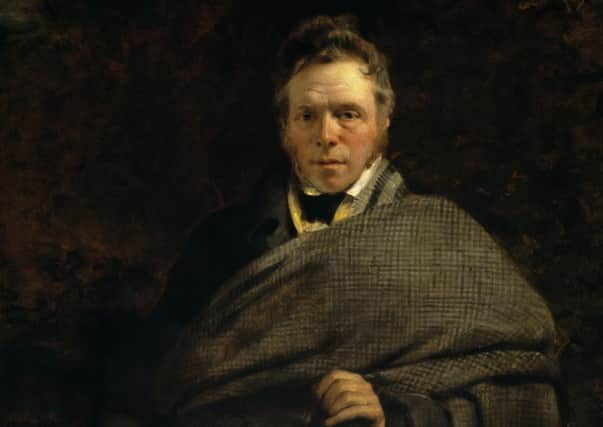Book review: Walking With James Hogg by Bruce Gilkison


Walking With James Hogg by Bruce Gilkison | Edinburgh University Press, £14.99
The author of this book is the great-great-grandson of James Hogg, one of Scotland’s most significant writers. Growing up in New Zealand he says of his ancestor’s works, “if I had ever opened one I would have seen a lot of words I didn’t know and it would have gone straight back on the shelf”. But “bright young scholars, not just older people” and “famous people” said they liked Hogg, so he decided to make a homage tour, going through the areas Hogg traversed in his 1802-1804 visits to the Highlands and seeing the parts of the Ettrick Forest where Hogg lived. The resultant volume is basically “what I did and what I learned on my holidays”; a book which seems to have been written for the writer’s, not the reader’s, sake.
Advertisement
Hide AdAdvertisement
Hide AdThe text itself is part travelogue, part biography, and interspersed with blocks about such subjects as Walter Scott and the Highland Clearances. They seem like postcards home – a kind of “hey did you know!” distraction. Frankly, anyone interested enough to buy the book will probably know a great deal of what is in it. The best parts of the book are the accounts of Hogg’s sporting excellence and an appreciative look at his less well known poetic output. But a key work – The Poetic Mirror – is mentioned just once, despite it being one of Hogg’s most intriguing pieces of writing, a book where he parodied all the leading authors of the day. It came about because he had solicited works for an anthology and been rejected by Byron, Scott, Wordsworth and the like: so it is a vengeful piece as well as an amusing one. The Three Perils Of Man, which Scott advised against publishing and then reused in his Castle Dangerous, is touched on only slightly, despite it being one of the first “magic realist” works.
Gilkison is also good on Hogg’s primary career as a farmer. Apart from some poetry, his publishing debut was The Shepherd’s Guide, the title of which extended to “being a practical treatise of the diseases of sheep, their causes and the best means of preventing them, with observations of the most suitable farm stocking for the various climates of this country”. On the title page he has already styled himself The Ettrick Shepherd.
This is a book of accidental charms. Hogg repeatedly refers to himself in terms of mountains: one book is called The Mountain Bard and he upbraided Scott calling himself “King of the Mountain and Fairy School”. But as Gilkison doesn’t notice, the Borders he walks, and Hogg walked, have no mountains. There is a strange exaggeration and egomania in Hogg’s boast. Likewise, his early references to brownies – supernatural and mischievous beings – puts his later novel, The Brownie Of Bodsbeck, into context; although whether he genuinely believed his ancestors had communion with the eldritch is another matter entirely. I rather think it was a piece of self-promoting hype.
Given that the material about Hogg himself is more than adequately covered in shorter space in, say, John Carey’s introduction to The Private Memoirs And Confessions Of A Justified Sinner or Gillian Hughes’ excellent biography of Hogg, or Karl Miller’s more eclectic Electric Shepherd, the point of the book must be in the author’s own experiences. His accounts are pedestrian, with every pun intended. Take this for example: “I walked, and I thought about walking. I was energised by the landscape and the sky and the breeze. Walking is something one can do alone or with others and feel equally comfortable. You can chat easily with friends as you walk. Or you can walk in silence with them, and not feel awkward about it”. Given the literature of engagement with the natural world, from Robert Macfarlane and Linda Cracknell to Roger Deakin and Amy Liptrot, these observations don’t really add up to a hill of beans. Yet there is more. In a relatively pointless Appendix B we learn he brought four sets of underwear, four sets of socks, long johns and a “knife (Swiss Army)” et cetera, while Hogg merely had a knife, spare stockings and letters of introduction. Why would someone need to know the author’s personal effects? I have no idea.
Yet, the final chapter about Hogg’s descendants is decently written and of considerable interest. It would have made a good article in, say, Scottish Field. But while researching this piece I noticed something of genuine curiosity. My copy is just under £15. A hardback version is advertised on the publisher’s website for an astonishing £70. Given the publishers have not managed to correct some elementary mistakes – the Scottish novelist Andrew O’Hagan is misspelled as O’Hagen, for example – one wonders why anyone would pay such a sum. Perhaps they are all relatives of Hogg.
• Bruce Gilkison, Edinburgh International Book Festival, 22 August